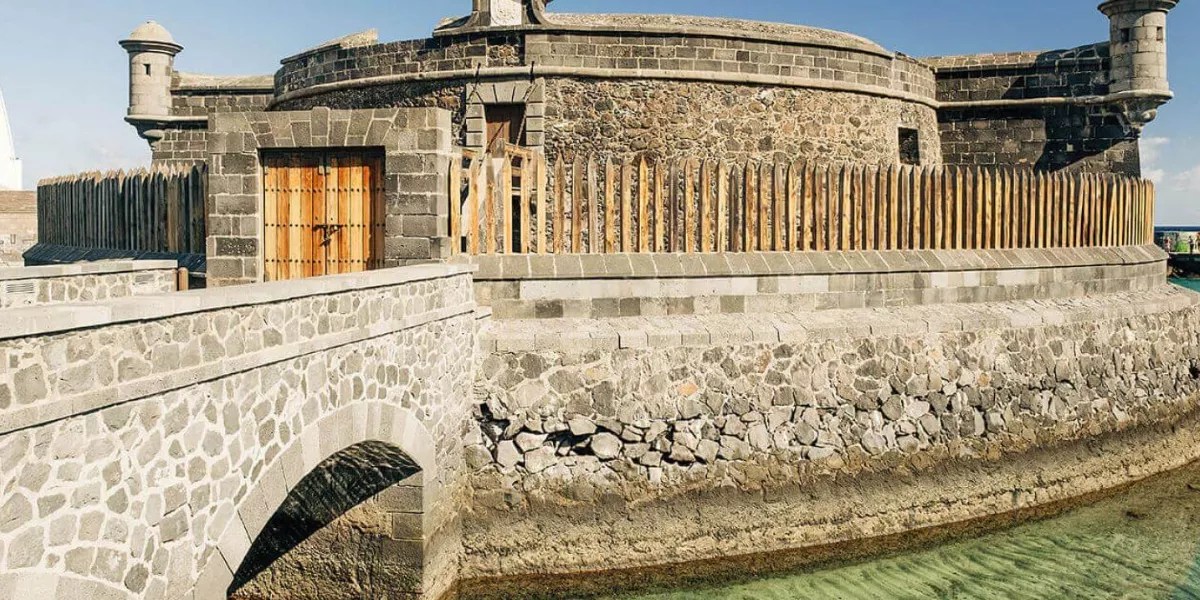The past few weeks have been tumultuous for Puerto de la Cruz following the motion of censure filed on August 16 by the Popular Party (PP), the Portuense Citizen Assembly (ACP), and the Canary Coalition (CC), which resulted in the removal of the socialist Marco González from the position of Mayor. Since that time, mutual accusations and rebuttals between the Government and the opposition have dominated nearly all discussions. After the cancellation of the Summer Carnival, which was announced on Tuesday, the new administration has shed light on issues pertaining to the artistic heritage of the town. In particular, concerns surround Spectator, the sculpture created by local artist Arnoldo Évora, which until recently had been positioned at Punta del Viento. It was recently discovered at the former bus station site, stored in a municipal warehouse “in a very poor state.”
This information was confirmed by Desiré Díaz, the Councilor for Culture and Tourism, who stated that locating this artwork was a primary goal upon assuming office, driven by a desire to honour the legacy left by the artist, who passed away in July 2022. She expressed astonishment that the sculpture had been found “discarded” on the plot at El Pozo Street, “among scrap metal and various items, in a severely neglected condition.”
According to the councillor, there is no official file regarding its restoration, meaning they first must assess whether restoration is feasible before deciding the next steps. “We are convening with historians and restorers, as well as his family, to reach a consensus,” the councillor stated.
The ruling coalition (PP-ACP-CC) has condemned this “poor treatment” of Évora’s culture, especially considering that Spectator has been a symbol of the municipality since its inception in 1988. It was conceived by Évora for a street sculpture exhibition organised by the City Council as part of the cultural framework of the International Festival of Ecological and Nature Film.
Crafted from iron and designed in a contemporary style, the artist intended to portray a woman gazing at the ocean from one of the most picturesque spots with splendid coastal views.
“The aim is for it to be restored to its rightful place at Punta del Viento, from which it should never have been removed. Moreover, its restoration should have occurred onsite, rather than being stored for two years in a location exposed to humidity, dust, and clutter associated with the Three Wise Men Parade, including fences and containers. A sculpture should not be confined in such conditions. It was taken away to prevent any further damage, and that is truly heartbreaking,” Díaz remarked.
Marco González refutes claims of negligence concerning the project and accuses the current administration of “manipulating and misleading” the public.
Preservation, not neglect
The former mayor asserts that the sculpture was removed by municipal employees due to its significant deterioration “as a protective measure, not an act of neglect.” Due to the “fragile” condition it was found in, attributed to the sea’s influence and after several prior restorations, it was concluded that the damage was extensive, and previous interventions had compromised the artist’s original vision. Consequently, it was decided that it should be taken away from Punta del Viento and that specialised personnel should perform any future restoration.
“We made a commitment to the family to return it respectfully, which requires comprehensive restoration. In the interim, the workers carefully packed it in a secure location within the former bus station, which serves as a storage facility, ensuring it was neither discarded nor neglected, but preserved and maintained while awaiting restoration,” González clarified.
He further emphasized that the building “is used as a workspace, not a dump” as the current government suggests, and added that “numerous materials acquired by the City Council for children’s playgrounds or stage sets are brought there,” as an example. Finally, González recalled that during an employment initiative, a restorer was engaged to evaluate the municipal art catalogue—a task now assigned to the City Council—and to provide guidance on the care required for certain sculptures situated throughout the town.















